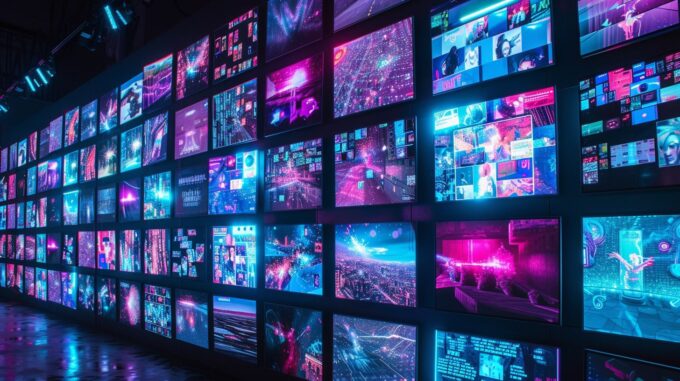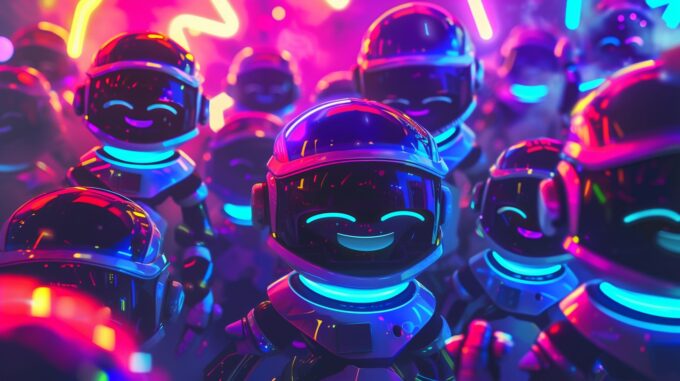Artificial intelligence has been shaking up the creative landscape, particularly in image and video creation. This field, driven by groundbreaking advancements, is revolutionizing how artists, designers, and content creators work.
The evolution of AI technologies like Trend Rider AI has brought about tools that simplify complex processes, making high-quality visual content more accessible than ever. Let’s dive into the latest developments that are reshaping this vibrant industry.
AI-Generated Art: A New Creative Partner
AI-generated art has moved from being a novelty to a significant force in the art community. Advanced algorithms like GANs (Generative Adversarial Networks) have reached new heights, producing artworks that can be indistinguishable from those created by humans.
Artists are now collaborating with AI to explore uncharted territories in creativity, experimenting with styles and techniques previously thought impossible. This symbiosis between human ingenuity and machine learning is opening up exciting possibilities, pushing the boundaries of what art can be.
Video Editing: From Tedious to Effortless

Video editing has traditionally been a labor-intensive process, requiring a keen eye for detail and substantial time investment. AI is transforming this by automating many aspects of the editing workflow. Tools like Adobe Premiere Pro’s Sensei and Magisto use AI to cut, edit, and enhance video clips, significantly reducing the time required to produce professional-quality videos.
These tools analyze video content to suggest cuts, transitions, and effects that enhance the narrative flow, allowing creators to focus more on storytelling and less on the technical grind.
Deepfake Technology: Controversial Yet Fascinating
Deepfake technology has garnered much attention for its ability to create hyper-realistic videos where people appear to say or do things they never actually did. While this technology raises ethical concerns, it also showcases the immense potential of AI in video creation.
Deepfakes are being used in the entertainment industry for visual effects, enabling filmmakers to recreate historical figures or de-age actors without extensive makeup or CGI. The ability to generate realistic human expressions and movements with AI is both thrilling and contentious, highlighting the need for responsible use of this powerful technology.
AI in Animation: Breathing Life into Characters

AI is revolutionizing animation by streamlining the process of bringing characters to life. Traditional animation is painstakingly slow, with animators drawing frame by frame to create movement. AI tools like DeepMotion and Adobe Character Animator are changing this by automating much of the animation process.
These tools can analyze live-action footage or user inputs to generate animated characters that move naturally and expressively. This not only speeds up production but also opens up animation to those who may not have traditional drawing skills, democratizing the art form.
Photorealism: Taking Virtual Worlds to the Next Level
The pursuit of photorealism in digital art and video games has taken a significant leap forward thanks to AI. Technologies like Nvidia’s DLSS (Deep Learning Super Sampling) and Unreal Engine’s real-time rendering capabilities are creating virtual environments that are nearly indistinguishable from reality.
These advancements allow for more immersive gaming and virtual experiences, where textures, lighting, and shadows are rendered with astonishing accuracy. As a result, game developers and digital artists can create more engaging and lifelike experiences for users.



